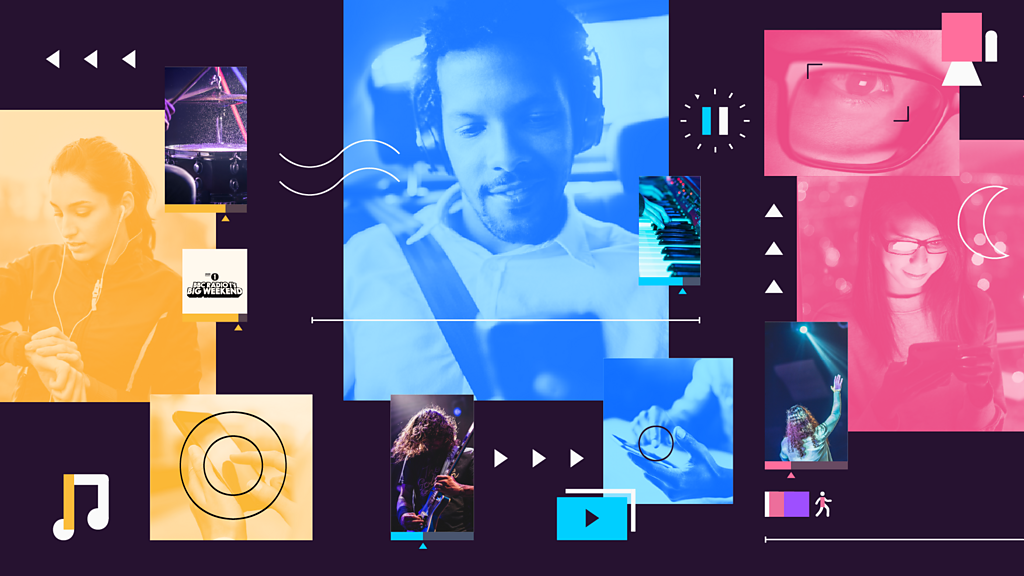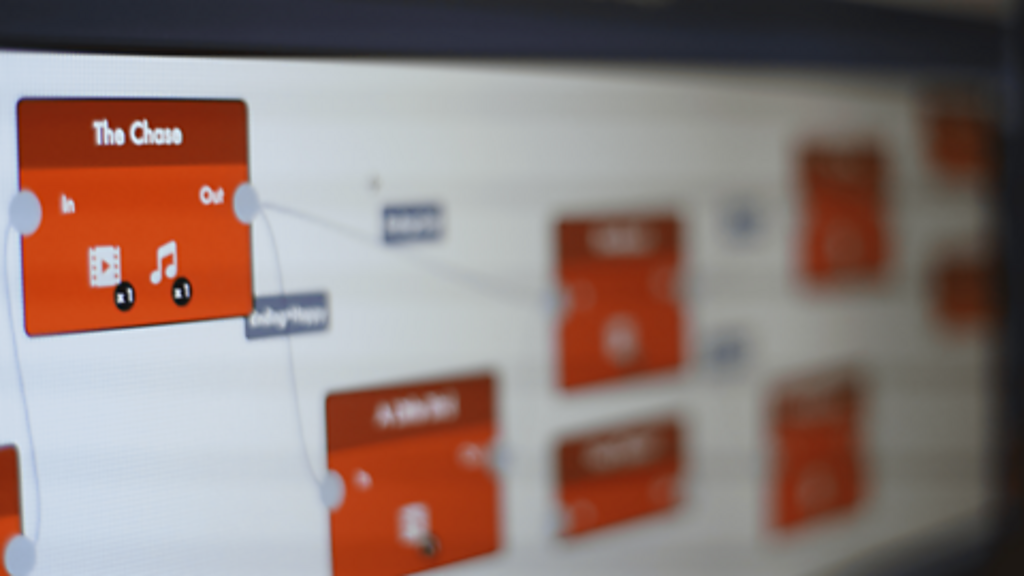
Flexible Storytelling in 30 seconds
1
Flexible Storytelling is a new way to make content that adapts to you - whether that’s changing to fit your interests, how much time you have, or what devices you’re using.2
It works by breaking content up into objects - bits of audio, video, or even 3D models - along with metadata to describe all the ways the object can be put back together again.3
Your device then combines your preferences, interactions, objects and metadata to create a unique and responsive experience just for you.
What is Flexible Storytelling?Ìý

Flexible Storytelling uses Object Based Media (OBM) to deliver interactive and personalised media. Object Based Media allows you to create content that responds to the individual.
The benefit of OBM is that content no longer has to be the same for everyone. Instead we can create content experiences that adapt and flex to the individual.
This flexing can use both explicit and implicit data to tailor an experience. Explicit data might be the choices a person makes, or some other data they input through prompts or preferences. Implicit data can be gathered without the individual having to ‘lean-forward’ and input any data manually. This might include what device they are using, where they are, or potentially how many steps they have taken.
The bigger picture of Flexible Storytelling

Versus Linear
It's critical to identify why your content should be interactive. Interactivity alone doesn't mean audiences automatically find it interesting. Interactive content demands more from the audience, there are (currently) fewer platforms where interactive content can be discovered.
Plus, interactive content usually involves a longer production time compared to a linear equivalent. So make interactivity meaningful!

Implicit Vs Explicit personalisation
When you think of interactive content it’s likely you’ll imagine the audience driving those interactions and actively making the decisions that the content will then respond to.
Yet content can also respond to audiences implicitly using data they have already provided - whether on their device, settings or through questions they answer up-front. Work out which is better for your audience and your content.

When to sit back, when to lean forward
No-one likes a good story being interrupted, so pick the moments where you ask your audience to lean forward to interact with your content carefully.
Likewise consider the amount of interaction points as it can get fatiguing. Pay attention to flow, and let your story breathe. Think of ad breaks on commercial television, they're an annoyance when used too much, or at the wrong time but they can be used strategically, for example as a cliff hanger on a quiz show.

Depth and Choice
One major feature of Responsive Storytelling is the ability to offer audiences the ability to 'go deeper' into a scene or subject. Give them a route that increases immersion; so they can hear more if they want to, or skip ahead if not. The first thing people think of with choices is to offer route A or B.
Yet choices can also cover accessibility issues, like language or audio settings, duration, prior levels of knowledge or experience, choosing perspectives and so on. Get creative and ask yourself what makes a choice worth making.
Why is Â鶹ÊÓƵAV R&D interested in Flexible Storytelling?

Â鶹ÊÓƵAV R&D identified Flexible Storytelling as an opportunity for the whole broadcast industry, but one that comes with its own unique set of questions and challenges. As well as being a new way of consuming media, Flexible Storytelling also poses new ways of thinking around the production process - in both technical and editorial terms.
What might happen when you give control and personalisation over to the audience? Which formats will be enhanced as a Flexible Storytelling experience and which formats might suffer? And in terms of story, what does it all mean for both the storyteller and their audience?
Storytelling has always had a centre - a storyteller, a writer, an artist - someone with the vision and craft to tell a satisfying story. If you break that structure can a story ever be as good - as enjoyable - for an audience?
We hope that Flexible Media will evolve and we're excited to see what people like yourself will make with it. We’re also keen to hear what you think of it too, we'll listen to your feedback and you can help us define new formats, conventions, and genres in this exciting new of Flexible Storytelling.
